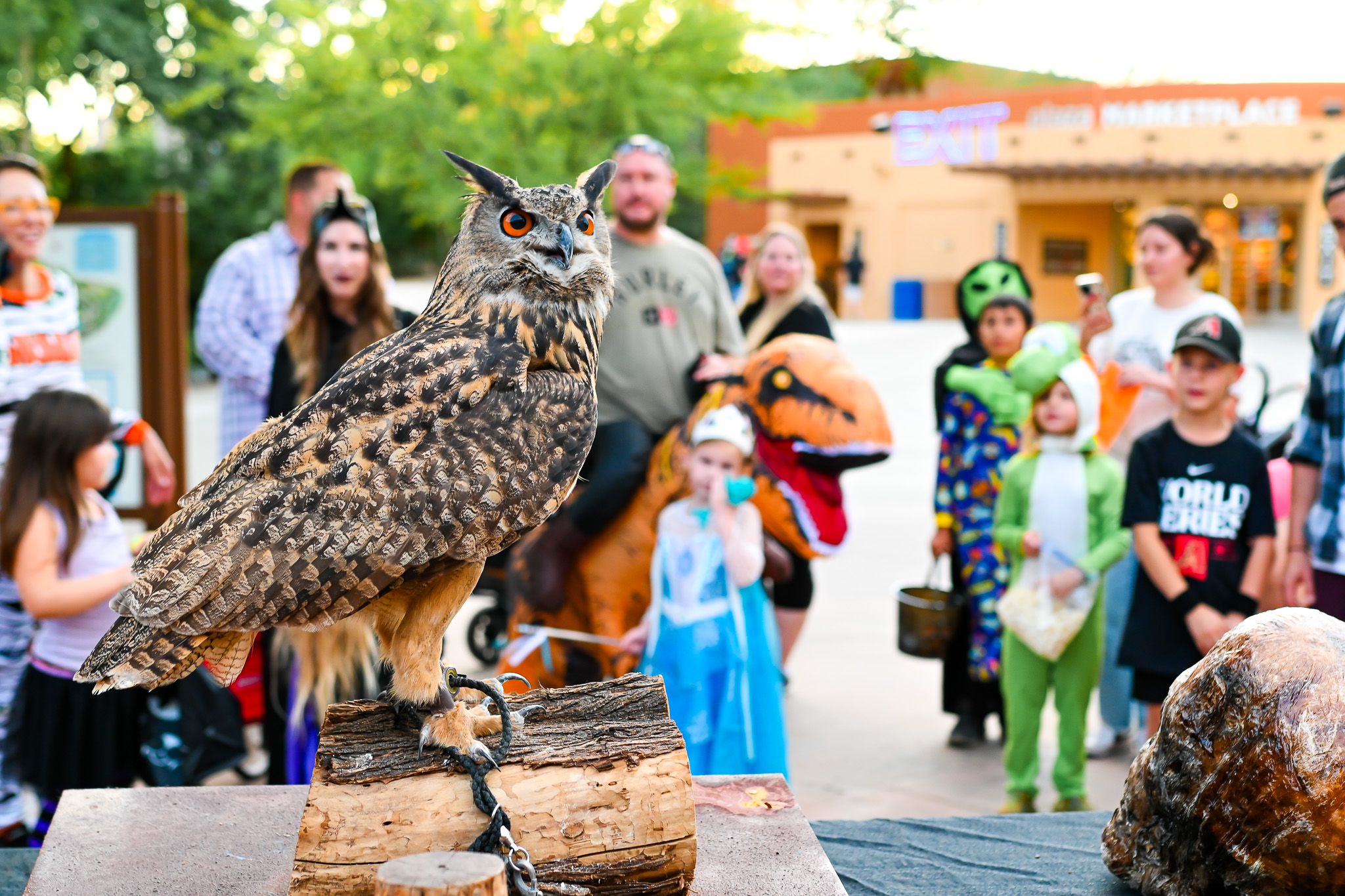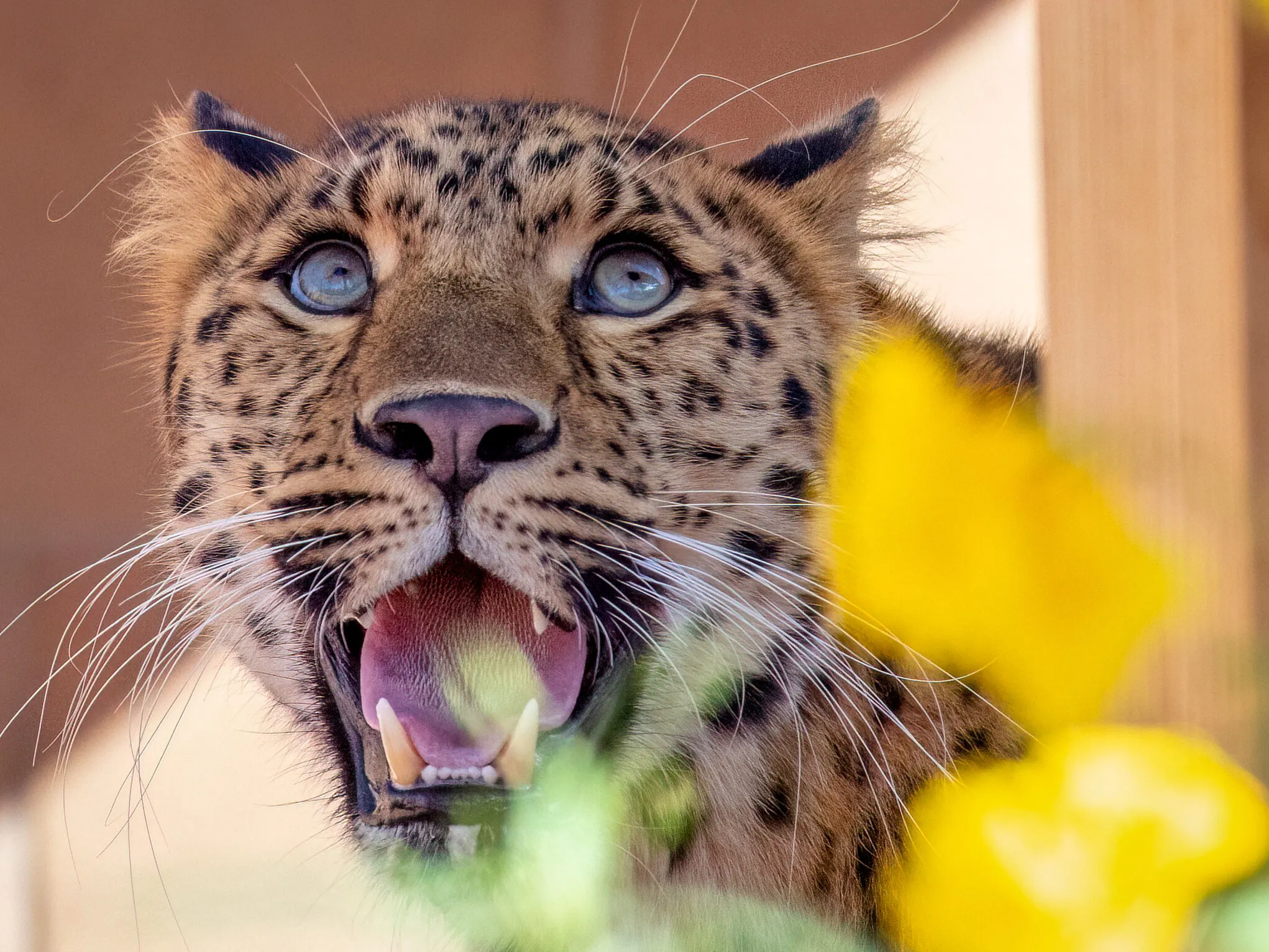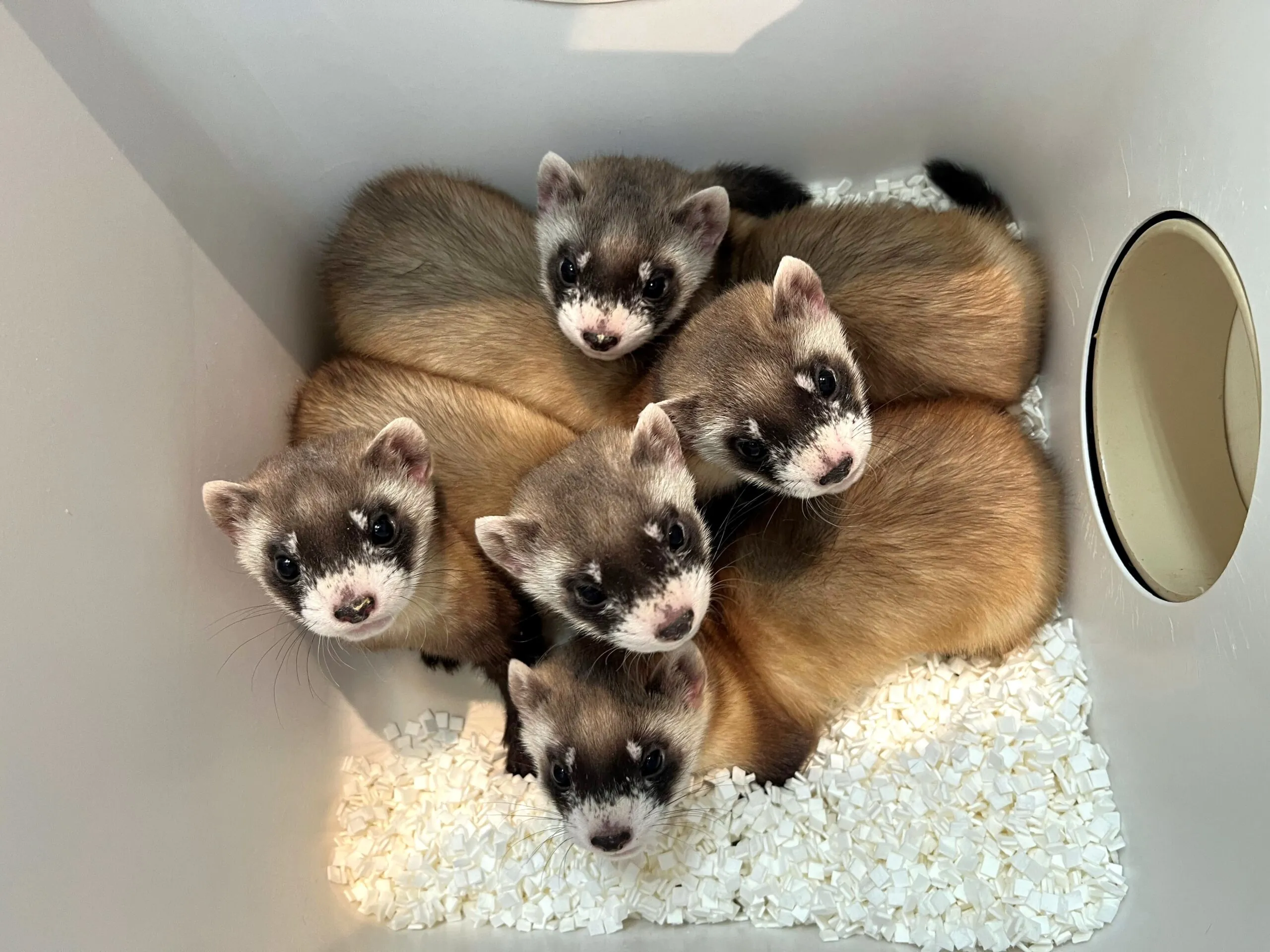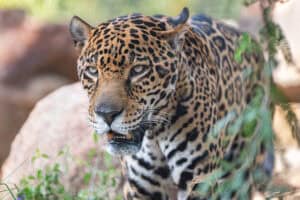Home Explore Animals & Wildlife Horned Lizards
Horned Lizards
Phrynosoma Spp.
Horny Toads
Most people, at least those in the Southwest, are familiar with “horny toads.” They might not realize that they are not, in fact, toads at all. They are actually a group of lizards more closely related to iguanas. There are currently 17 recognized species of horned lizards occurring in the United States, Mexico and Canada. Arizona is home to six of these species. The one you are most likely to see in the Phoenix area is the regal horned lizard (Phrynosoma solare), so named for the appearance of a “crown” of horns that radiate like the sun.
Bloody Awesome!
Horned lizards are not large. They are not fast. They don’t have big, sharp teeth or claws. So, they’ve been forced to evolve an incredible bag of tricks for self-defense. Their coloration and body shape make them almost invisible when motionless.
In some cases, horned lizards will flatten their bodies and tilt toward a potential predator, such as a coachwhip snake, to make themselves seem larger and difficult to swallow. Perhaps their most spectacular defense is their ability to squirt blood from their eyes. This defense is typically a last resort and particularly effective against large predators like coyotes and bobcats. The blood tastes bad and gets into the predators’ eyes, allowing the horned lizard just enough time to move away and hide.
Who Doesn’t Love Spicy Food?
Horned lizards eat a variety of small invertebrates: beetles, termites, small grasshoppers, etc. However, Texas and regal horned lizards have a diet that is up to 90% ants, especially harvester ants. Sometimes referred to as red ants, harvester ants live in huge colonies that forage in the desert in search of seeds. These large ants pack a serious sting but a mild attitude unless harassed. Horned lizards use their tongue to grab the ants on the back, so the stinger curls away from the lizard. They also have a thick mucus in their mouth that gives them more protection from being stung. An adult will consume more than 100 ants per day.
Horned Lizard Species at the Phoenix Zoo
Regal horned lizard (Phrynosoma solare)
Texas horned lizard (Phrynosoma cornutum)
Giant horned lizard (Phrynosoma asio)
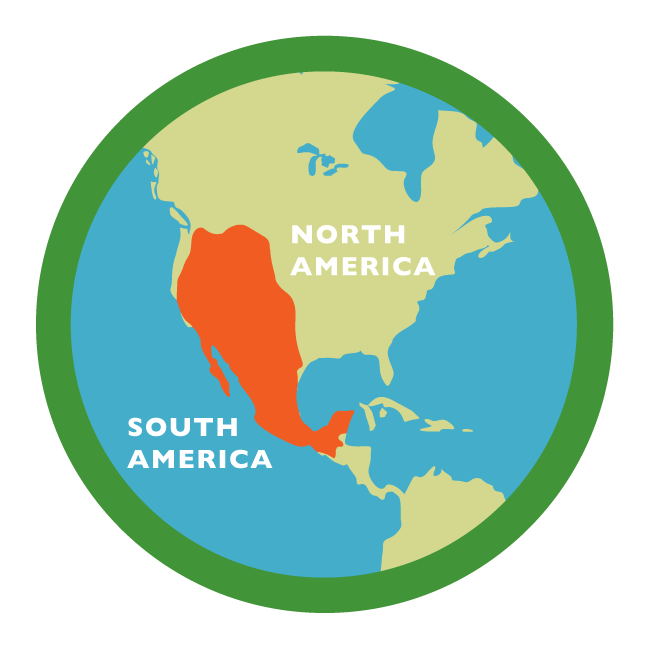
Diet: ants, other invertebrates
Zoo Diet: harvester ants, other invertebrates
Habitat: deserts, grasslands, scrublands, forests
Length: 2 – 8 in.
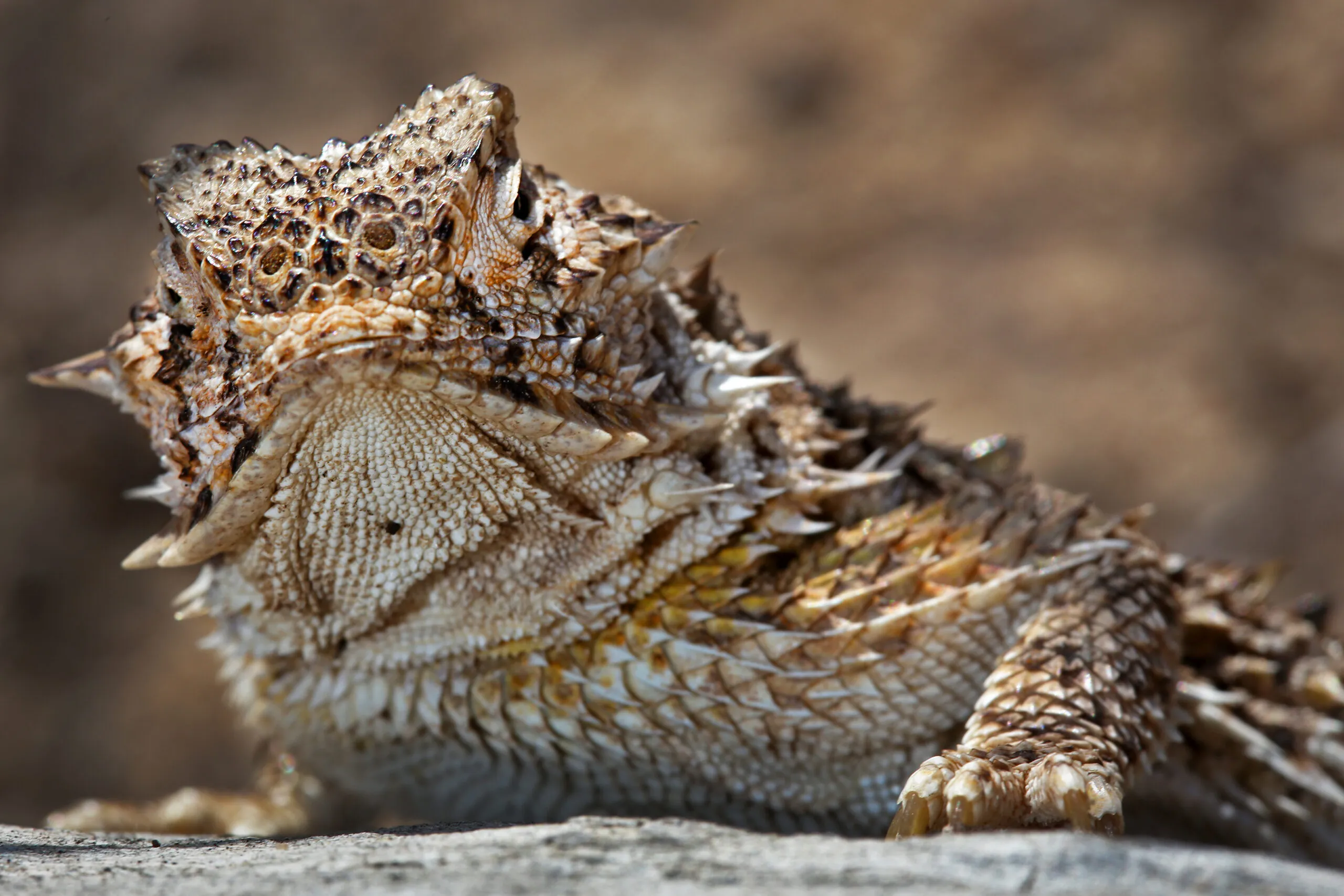
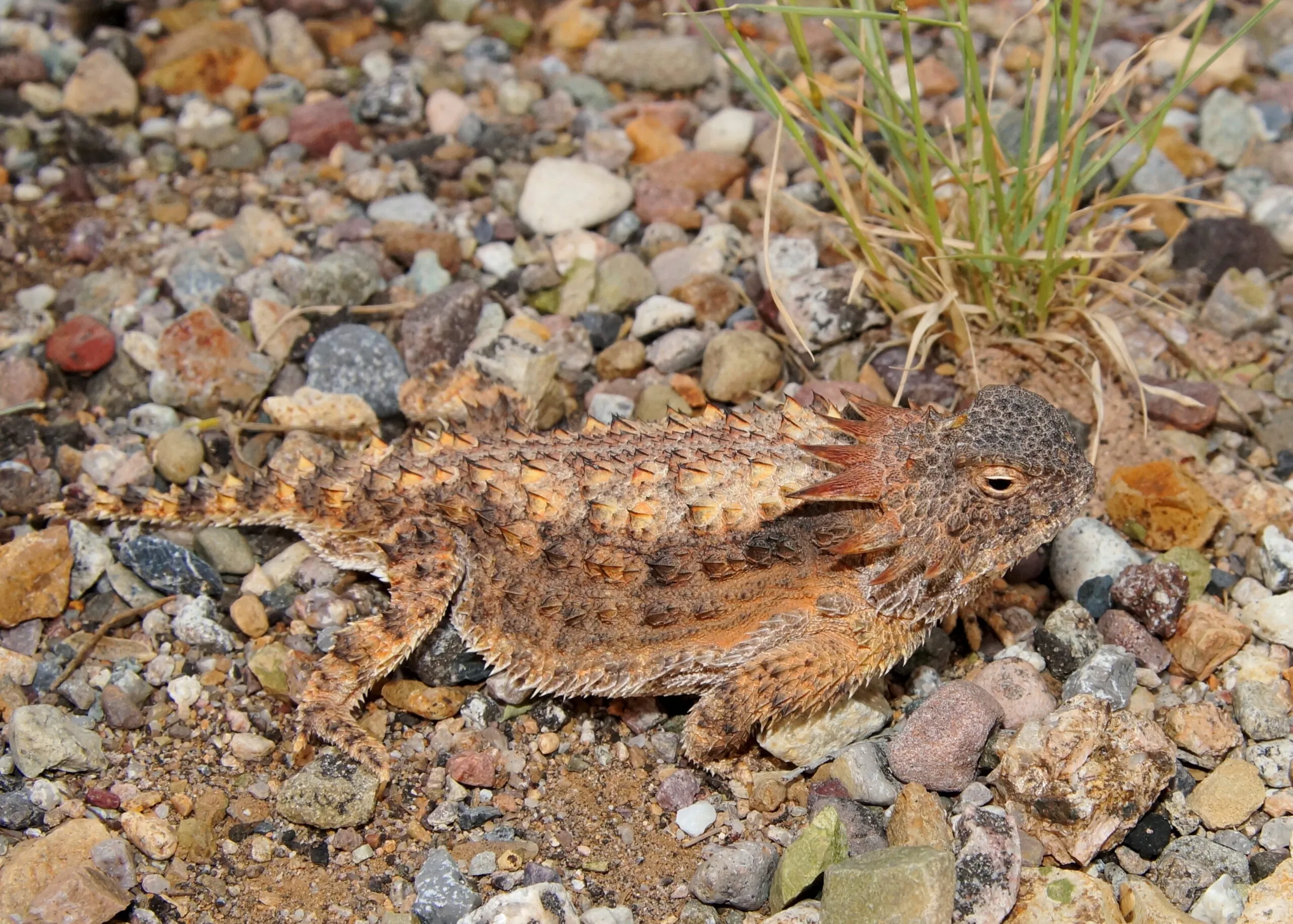
Plan your visit today!
The Phoenix Zoo is one of the largest non-profit zoos in the U.S., caring for over 3,000 animals, with nearly 400 species represented, including many threatened/endangered species.

Plan your visit today!
The Phoenix Zoo is one of the largest non-profit zoos in the U.S., caring for over 3,000 animals, with nearly 400 species represented, including many threatened/endangered species.


